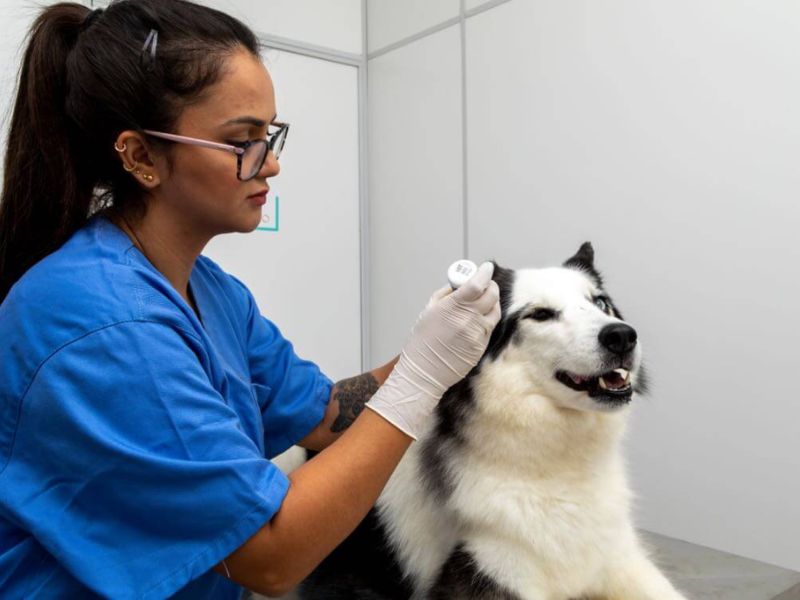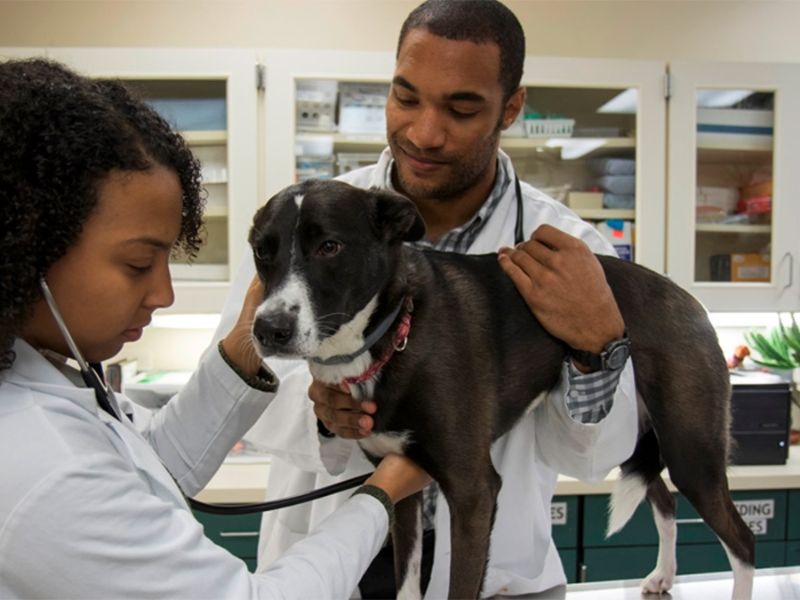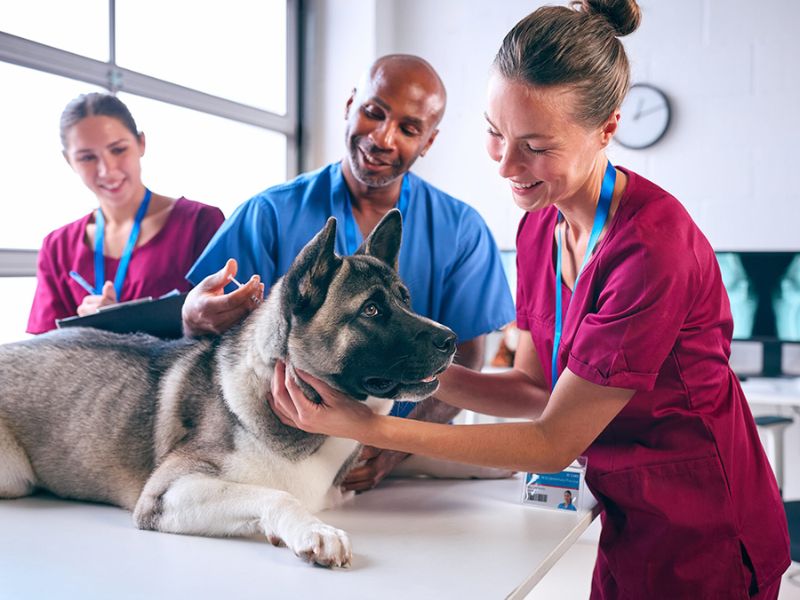Many dog owners have witnessed the comic—and sometimes distressing—scene of their canine companion bolting across the room at the mere sight of a vacuum cleaner. But beyond the humor lies a genuine question: Why are dogs scared of vacuums? Understanding this behavior is the first step toward helping your dog feel safe and confident in your home again. In this guide, we will explore the sensory, psychological, and environmental factors that contribute to vacuum-related fear, examine common behavioral responses, and provide a step-by-step plan to desensitize and reassure your pet.
Dogs live in our world but are not human; their senses and instincts are finely tuned to detect threats in ways we may not appreciate. A household appliance that seems benign to us can feel like a roaring, unpredictable monster to a dog. For many canine companions, the roar of a vacuum triggers fight-or-flight instincts, resulting in barking, cowering, or frantic attempts to flee. By asking why are dogs scared of vacuums, we acknowledge that this is a widespread issue and commit to uncovering its roots—and solutions—for the well-being of both pet and owner.
1. Understanding Canine Sensitivities
Before tackling the problem, it’s essential to recognize how dogs experience the world differently:
- Heightened Hearing: Dogs can hear frequencies up to 65,000 Hz—nearly twice the upper limit of human hearing. The loud, high-pitched whine of a vacuum cleaner can be overwhelming, even painful, to sensitive ears.
- Sensitive Skin: Vibrations from a vacuum’s motor can often be felt through the floor and walls, creating an unsettling “rumble” that dogs perceive as environmental disturbance.
- Instinctual Alertness: Evolution has primed dogs to react swiftly to novel stimuli. Any sudden noise or erratic movement may trigger an alert response, designed to protect them from predators or danger.
These sensory factors lay the groundwork for why even a well-meaning attempt at household chores can become a stressor for your dog. Appreciating these differences is key to compassionate and effective fear-reduction techniques.

2. Reasons Why Dogs Fear Vacuums
When dogs exhibit panic around a vacuum, it usually stems from one or more of these core explanations:
A. Loud and Unpredictable Noises
Vacuum cleaners often operate at sound levels between 70 and 85 decibels—comparable to heavy traffic or a passing subway train. For dogs, whose ears are tuned to detect the faintest rustle in grass, such noise feels intrusive. The sudden whirr when the vacuum is powered on adds an element of unpredictability: a sensory assault that dogs cannot anticipate or control.
B. Erratic Movements and Large Size
Vacuums move in seemingly random patterns—forward, backward, side to side—and often have blinking attachments or hoses that sway. From a dog’s perspective, this resembles the behavior of an unpredictable intruder. Coupled with the vacuum’s substantial size, these movements can activate a dog’s territorial instincts, prompting them to defend their space.
C. Negative Past Experiences
If a dog has previously been chased, startled, or accidentally bumped by a vacuum, they can form a lasting aversion. Even a single frightening encounter—like being startled by the sudden power-on noise—can create a conditioned fear response. Every subsequent exposure reinforces the belief that the vacuum equals danger.
D. Territorial and Protective Instincts
Dogs see their home and family as their “pack” or territory. A vacuum cleaner rolling through their domain can be perceived as an unwelcome invader. In an attempt to protect their pack, many dogs will bark aggressively, lunge at the machine, or hide behind their human for reassurance.
By identifying which of these factors affect your dog, you can tailor your approach and avoid one-size-fits-all solutions.
3. Behavioral Responses to Vacuum Cleaners
Dogs react to vacuum cleaners along a spectrum of behaviors. Common reactions include:
- Barking or Growling: Vocal protests intended to scare off the perceived intruder.
- Hiding or Cowering: Seeking shelter under furniture or in another room to avoid the noise and motion.
- Attacking or Lunging: A defensive attempt to neutralize the threat.
- Fleeing the Area: Rapid retreat to another room or outdoors.
Personality plays a role as well: an outgoing, confident dog may choose to confront the vacuum, while a more timid or anxious dog will likely seek escape or cave to fear. Recognizing your dog’s natural response sets the stage for the next phase—helping them learn that the vacuum is neither dangerous nor worth fearing.

4. Strategies to Help Dogs Overcome Vacuum Fear
To transform your dog’s relationship with the vacuum, implement a structured plan combining desensitization, positive reinforcement, and environmental management.
A. Gradual Desensitization
- Vacuum Presence (Powered Off): Place the vacuum in a corner of the room with the power off. Allow your dog to observe it while offering treats and praise for calm behavior.
- Short Exposure (Low Volume): Plug in the vacuum without turning it on. Reward your dog for approaching or remaining relaxed nearby.
- Intermittent Power-Ons: Turn the vacuum on for just one second, then immediately switch it off and reward calm behavior. Gradually increase “on” time by a second each session.
- Controlled Movement: Once your dog tolerates the noise, start moving the vacuum slowly a few feet away. Continue to pair each movement with treats and soothing praise.
The goal is to teach your dog that the vacuum’s presence and noise are predictors of positive outcomes, not threats.
B. Positive Reinforcement
Consistency is vital. Whenever your dog remains calm in the vacuum’s presence—whether it’s idle noise or active cleaning—immediately offer a high-value treat (e.g., small bits of cooked chicken) and verbal praise. Over time, your dog will associate the vacuum with pleasant sensations rather than fear.
C. Safe Spaces and Comfort
Create a secure haven where your dog can retreat during vacuuming sessions:
- A cozy crate with the door open, lined with their favorite blanket.
- A quiet bedroom or hallway away from the vacuum’s path.
- A raised dog bed or nook behind furniture.
By ensuring your dog has control over their distance to the noise, you reduce the feeling of entrapment that often intensifies fear.
D. Professional Training and Consultation
For dogs with severe phobias, enlist the help of a certified professional dog trainer or veterinary behaviorist. They can assess your dog’s specific triggers, rule out underlying medical issues (such as hyperacusis), and develop a tailored behavior-modification plan—potentially incorporating anxiety-reducing medications if necessary.
5. Putting It All Together: A Sample Training Plan
| Step | Action | Goal |
| 1 | Place vacuum (off) in room; sit with dog 5 ft away and relax | Familiarize dog with vacuum’s sight |
| 2 | Plug in vacuum; reward for calm sniffing or looking without backing away | Introduce powered presence without sound |
| 3 | Turn vacuum on for 1 second; immediately switch off and treat | Begin noise tolerance |
| 4 | Increase “on” time to 5–10 seconds over multiple sessions | Build gradual habituation |
| 5 | Power on and move vacuum 2–3 feet; treat after each small motion | Pair movement with positive outcome |
| 6 | Begin regular vacuuming at normal distance, rewarding mid-session breaks | Reinforce calm behavior during cleaning |
Repeat this plan over daily short sessions (5–10 minutes) rather than long, stressful marathons. Patience and consistency are your allies.
By now, you understand why are dogs scared of vacuums: the interplay of loud noises, erratic movements, past traumas, and territorial instincts can turn a benign household chore into a source of canine anxiety. However, armed with knowledge of canine sensitivities and a structured, positive training approach, you can guide your dog toward calmly accepting—or even ignoring—the vacuum. Remember to proceed at your dog’s pace, reinforce calm responses with high-value rewards, and provide safe retreats as needed.
With time and empathy, your dog can learn that the once-dreaded vacuum cleaner is no more dangerous than any other routine appliance. Your efforts will pay off in a happier, more relaxed home environment—where both you and your four-legged friend can coexist in harmony, even amidst the hum of daily chores.

